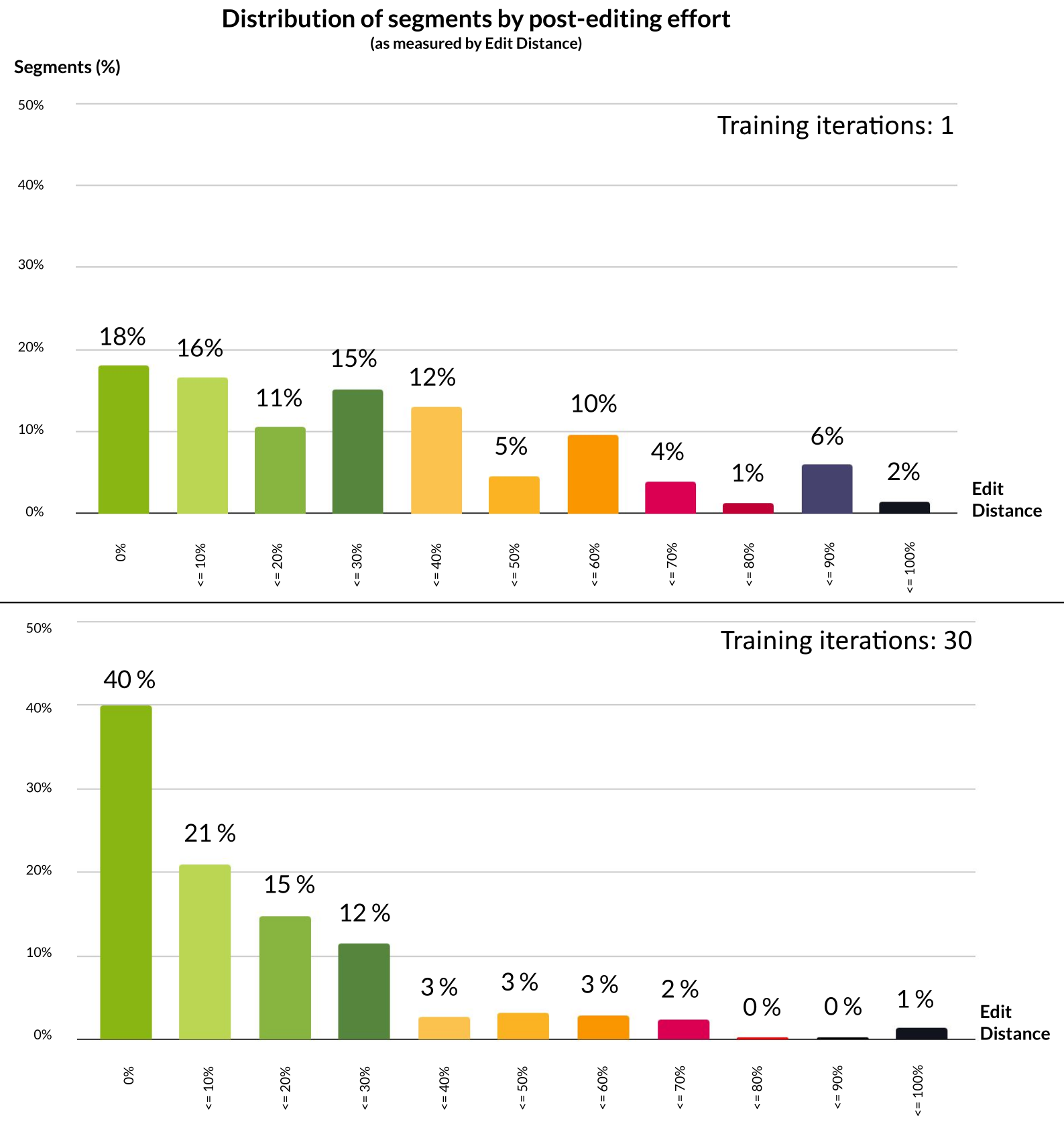News: TomoCredit raises $7M to help the cash rich and credit poor
It’s difficult to get credit if you don’t have credit. That’s the problem that startup TomoCredit is trying to solve. Co-founder and CEO Kristy Kim came up with the concept for the company after being rejected multiple times for an auto loan while in her early 20s. Kim, who immigrated to the U.S. from South
It’s difficult to get credit if you don’t have credit.
That’s the problem that startup TomoCredit is trying to solve. Co-founder and CEO Kristy Kim came up with the concept for the company after being rejected multiple times for an auto loan while in her early 20s.
Kim, who immigrated to the U.S. from South Korea with her family as a child, was disappointed that her lack of a credit history proved to be such an obstacle despite the fact she had a job “and positive cash flow.”
So she teamed up with Dmitry Kashlev, a Russian immigrant, in January of 2019 to create a solution for other foreign-born individuals and young adults facing similar credit challenges. That fall, the startup (short for Tomorrow’s Credit) was accepted into the Barclays Accelerator, powered by Techstars.
The San Francisco-based fintech offers a credit card aimed at helping first-time borrowers build credit history, based on their cash flow, rather than on their FICO or credit report ratings.
Today, Tomo announced a $7 million seed funding round that included participation from a slew of investors including KB Investment Inc. (KBIC) — a subsidiary of South Korean consumer bank, Kookmin Bank — along with Barclays, Knollwood Investment Advisory, BAM Ventures, Passport Capital, Ulu Ventures and Strong Ventures.
Angel and individual investors also put money in the round, including: Backstage Capital founder Arlan Hamilton, ex-Venmo COO Michael Vaughan and James Kim, former head of finance at Tinder.
More than 30 million young adults are considered “cash rich” but with limited credit histories, making their only option to use debit cards, according to the Consumer Financial Protection Bureau.
TomoCredit is a credit card that operates with a debit card model that is issued by Community Federal Savings Bank, a member of the FDIC. Users make payments on a seven-day automatic payment schedule with no fees or APR applied. Credit limits average around $3,000, but can scale to a maximum of $10,000. Borrowers can link to their investment accounts to increase their credit limits.
“We set out to build something that wasn’t just more inclusive, but fundamentally different from existing consumer credit card offerings,” Kim said.
She emphasizes the card is not just for immigrants, but for anyone that is considered “no file or thin file” when it comes to credit history.
Getting rejected for the auto loan made Kim realize that in the U.S., “everything is really difficult without a credit score.”
“It doesn’t matter whether you have income or savings or not,” she said. “I thought it would be really nice if we could leverage different data sources, especially cash flow data, instead of credit history. We are living in 2021 and open banking is popular, so it’s easier to get access to open banking data. And we leverage your cash flow data to underwrite you.”
Another unique aspect of Tomo’s model, Kim believes, is that it makes money through merchant fees and not through the consumers who use its card.
“Unlike incumbent credit card issuers, we aren’t incentivized by slapping fees on borrowers for making late payments — we make money as our cardholders spend — so we grow as you grow,” Kim added.
TomoCredit cards became available in late summer 2020.
“We didn’t expect much, to be honest, because it was our first launch and we didn’t do any marketing,” she recalls. “However, we are able to get over 300,000 people signing up, and then we are able to pre-approve half of them. Since then, we have been aggressively issuing cards.”
Demand for the company’s card skyrocketed last year after it “went viral” on YouTube and Reddit, Kim said.
“Right after we launch, we got huge jumps in traffic. We found out that many YouTubers were commenting and reviewing Tomo, and the comments were from people who were looking for our solution to build credit score fast and efficiently.”
Today, Tomo has over 10,000 active users and the company plans to issue cards to the remaining pre-approved applicants by this summer.
I was curious if Tomo had trouble convincing investors considering the risk it would be taking on.
Kim acknowledged having to help them overcome the “emotional and psychological hurdle” of the risk involved with issuing a credit card to people with no credit history.
“I had to help them understand that the environment is changing,” she said. “When you look at the new generation of consumers, especially Gen Z and millennials, you will see that the majority of them have a thin file or no file at all. And that’s not their fault. People have different personal finance behavior than in the past, which makes it harder for traditional lenders to evaluate them.”
Backstage Capital founder Arlan Hamilton is one of the investors TomoCredit won over.
“I spend a lot of my time these days investing in and catalyzing products that right the wrongs that my family and so many others endured as I was growing up,” she wrote via email. “One of those themes is in establishing and maintaining good credit and having an alternative to predatory lending. Tomo Credit feels to me like it is tackling this in a hugely scalable, mainstream way.”
Mariquit Corcoran, group chief innovation officer at Barclays, said she was impressed by Kim’s “tenacity and passion” when she first presented her idea of solving “a real-life problem facing many people who have traditionally struggled to access credit and build a financial profile.”
“I look forward to watching their growth and impact in changing the way an individual’s credit worthiness is determined,” she wrote via email.
Looking ahead, Tomo plans to use its new capital to triple its headcount of 15, mostly with the goal of hiring full stack and data engineers. Recently, it tapped a former LendingClub exec, Chaomei Chen, to serve as its acting chief risk officer. The startup also plans to use the money in part toward product development, such as adding more interactive features.
Tomo is not the only fintech with an alternative credit model. X1 Card sets limits based on your current and future income instead of your credit score. And, Grow Credit is a startup that launched in 2019 to help customers build out their credit scores by providing a credit line for online subscriptions like Spotify and Netflix.









